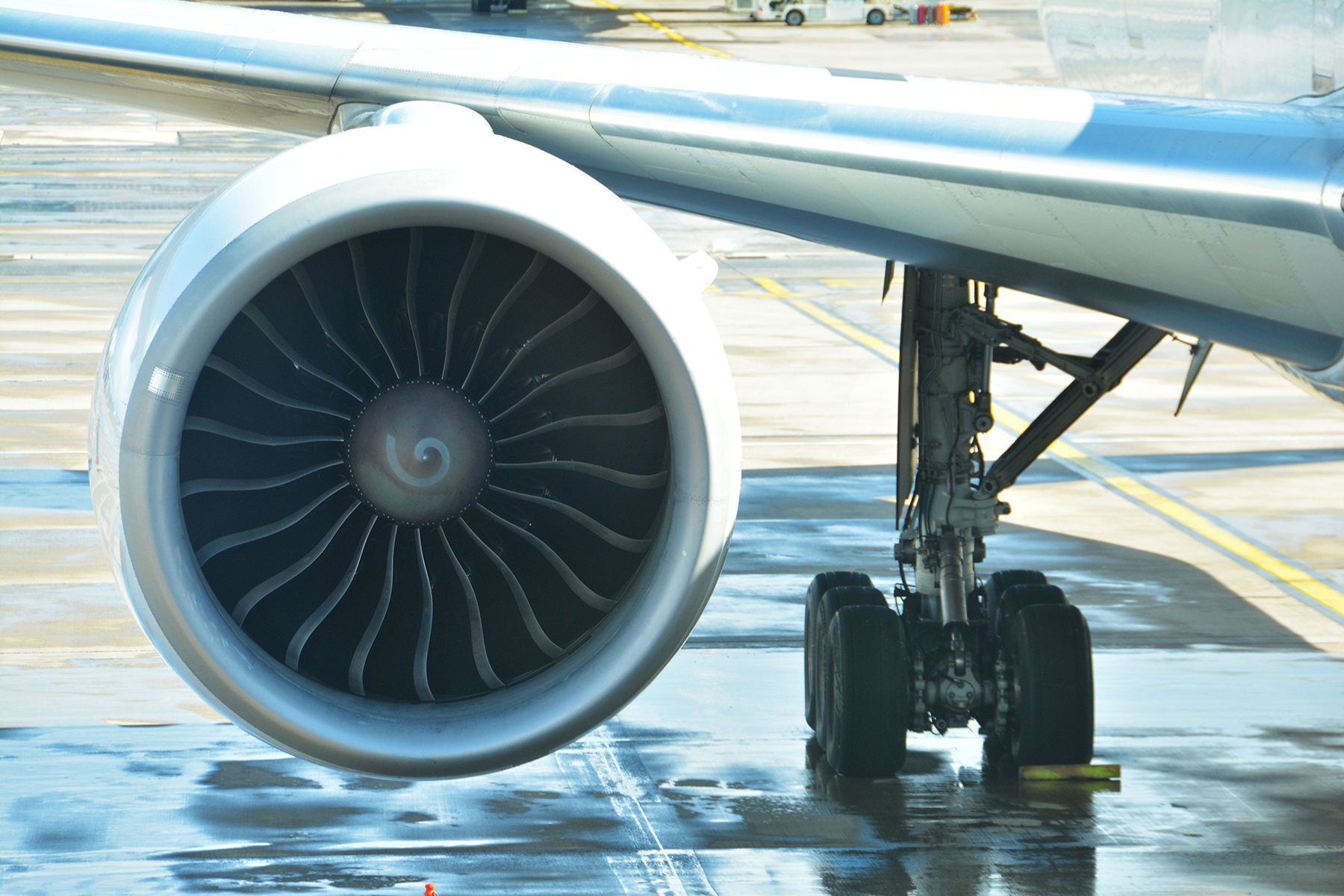
Funded by the European Commission under the Clean Sky program, the ESTiMatE project is an ambitious step towards understanding the soot formation in gas-turbine engines for aviation applications. Under the ESTiMatE consortium, two institutions—Eindhoven University of Technology (TU/e) and the Barcelona Supercomputing Center (BSC)—are working together on the development of a computationally efficient, detailed soot modeling strategy for applications to aero-engine combustion.
With increasingly stringent emission norms in the aviation sector and stricter regulations on the size and number density of soot particles, the role of accurate predictive soot models in the design of low-emission combustion systems has become critical. Concerning this, the detailed sectional method-based soot modeling has been recognized as one of the effective approaches in capturing soot particle size distributions.
However, considering applications to large-scale simulations this approach poses a major challenge in terms of overall computational cost. To address this issue, TU/e and BSC are developing sectional method-based soot model coupled with computationally effective tabulated chemistry approach, Flamelet Generated Manifold (FGM). The FGM approach has proved to be one of the remarkably effective strategies of chemistry reduction in terms of computational cost and precision level. Hence, a coupling detailed sectional method-based soot model with FGM tabulated chemistry will facilitate the simulations of the industry accordant combustion system under the LES framework.
The first stage of this task, involving the implementation and validation of a sectional soot model with the finite rate chemistry in the three-dimensional reacting flow solver, Alya has been completed. Currently, the activities concerning combining soot models with FGM tabulated chemistry and presumed shape PDF approach for LES applications are underway. Moreover, special attention has been given to ensure an efficient implementation of the models and algorithms to preclude low performance in large-scale applications. The validation of developed models will be conducted with specially dedicated experiments under the ESTiMatE consortium.
In addition to the scientific contribution, the key objective of this collaboration is to transfer the developed modeling strategy to the industry partner Rolls Royce, which will be instrumental in their design process of low emission gas turbine combustors.
